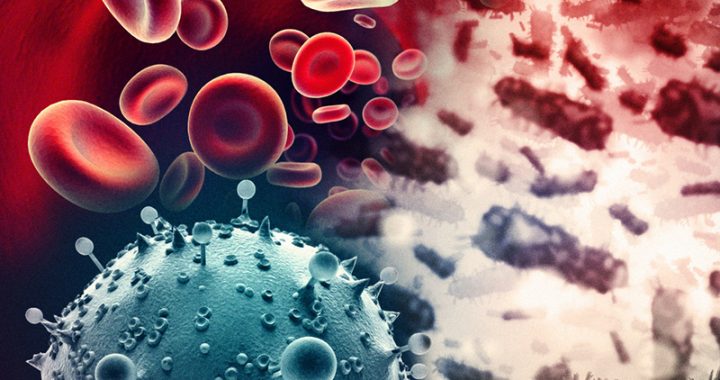Product center>Human Diagnosis
Non-Viral Infectious Disease
-300x300.png)
Typhoid
Typhoid fever is an acute intestinal infection caused by bacillus typhi. Clinical features include persistent high fever, systemic poisoning symptoms, hepatosplenomegaly, leukopenia, relatively slow pulse (pulse not proportional to body temperature), and skin rose rash. There may be intestinal bleeding, intestinal perforation and other complications.
| Description | Type | Item No | Source | Use for | Application |
| T63 | rAg | GHCA009-1 | E.coli | Coating/Labeling | ELISA,CLIA,LFT |
| T51 | rAg | GHCA009-2 | E.coli | Coating/Labeling | ELISA,CLIA,LFT |
Syphilis
4 weeks ~ 10 weeks after human body infects syphilis spirochete, the non specific antibody that can produce certain amount to fight kind of lipid qualitative antigen in serum (reaction element) and the specific antibody that fights syphilis spirochete antigen, these antibody all can use immunological method to undertake detection.
| Description | Type | Item No | Source | Use for | Application |
| TP21 | rAg | GHCA001-1 | E.coli | Coating/Labeling | ELISA,CLIA,LFT |
| TP29 | rAg | GHCA001-5 | E.coli | Coating/Labeling | ELISA,CLIA,LFT |
HRPII
It occurs most frequently in tropical Africa. This infectious disease caused by plasmodium falciparum infection, often with chills, fever, headache as the first symptoms, complications, if not timely treatment, can be life-threatening.
| Description | Type | Item No | Source | Use for | Application |
| HRPII-4C6 | mAb | GHMA002-3 | mouse | Labeling | ELISA,CLIA,LFT |
| HRPII-7F10 | mAb | GHMA002-4 | mouse | Coating | ELISA,CLIA,LFT |
PV
| Description | Type | Item No | Source | Use for | Application |
| PV-3B9 | mAb | GHMA116-1 | mouse | Labeling | ELISA,CLIA,LFT |
| PV-7C6 | mAb | GHMA116-2 | mouse | Coating | ELISA,CLIA,LFT |
Pan
| Description | Type | Item No | Source | Use for | Application |
| Pan-15H9 | mAb | GHMA002-3 | mouse | Coating | ELISA,CLIA,LFT |
| Pan-14F6 | mAb | GHMA002-4 | mouse | Labeling | ELISA,CLIA,LFT |
Type A Clostridium perfringens alphatoxin
Toxin A (CPA) is one of the most important toxins of Clostridium perfringens, and also the most important virulence factor of Clostridium perfringens type A. Clostridium gas capsule is bow | all kinds of animal necrotic enteritis, intestines toxemia, gangrene of human food poisoning and trauma chi is one of the main pathogenic bacteria.
| Description | Type | Item No | Source | Use for | Application |
| CA15 | rAg | GHCA108-1 | E.coli | Coating/Labeling | ELISA,CLIA,LFT |
Clostridioides difficile
Clostridium difficile is a member of the normal flora of the human gut. When antibiotics are not used in a standardized manner, the intestinal flora can be maladjusted. Drug-resistant CLOstridium difficile bacteria proliferate and cause diseases such as antibiotic-associated diarrhea and pseudomembranous enteritis.
| Description | Type | Item No | Source | Use for | Application |
| GDH | rAg | GHCA037 | E.coli | Quality Control | ELISA,CLIA,LFT |
| GDH-1A4 | mAb | GHMA041-1 | mouse | Coating/Labeling | ELISA,CLIA,LFT |
| GDH-2D5 | mAb | GHMA041-2 | mouse | Coating/Labeling | ELISA,CLIA,LFT |
Clonorchiasis
Adult clonorchiasis parasitize in the human hepatobiliary duct and it can cause clonorchiasis sinensis. The harm is mainly the liver damage of the patient. Children and adolescents infected with Clonorchis sinensis often have severe clinical manifestations and high mortality.
| Description | Type | Item No | Source | Use for | Application |
| P36 | rAg | GHCA029 | E.coli | Coating/Labeling | ELISA,CLIA,LFT |
Schistosoma
There are three main species that are parasitic on human body, as schistosoma japonicum, schistosoma mansoni and schistosoma haematobium. Adult schistosoma parasitize in the mesenteric vein and some of the eggs enter the bloodstream and cause symptoms that in severe cases can kill the host. Schistosomiasis affects millions of people in Africa and East Asia.
| Description | Type | Item No | Source | Use for | Application |
| SJ54 | rAg | GHCA028 | E.coli | Coating/Labeling | ELISA,CLIA,LFT |

